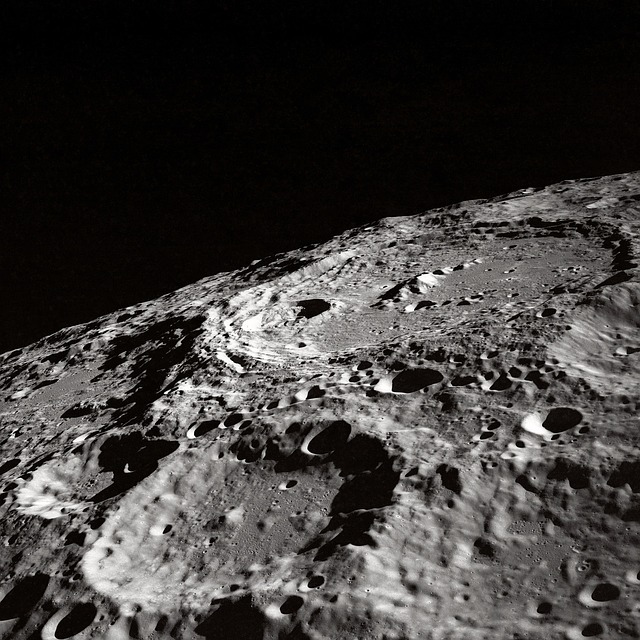According to new results from NASA’s Lunar Reconnaissance Orbiter (LRO) spacecraft, Earth’s gravity has influenced thousands of faults in the surface of the moon.
Researchers reported the discovery of 14 cliffs – “lobate scraps” – on the moon’s surface based on images from LRO’s Narrow Angle Camera (NAC) in August 2010. These, in addition to 70 cliffs previously discovered with the Apollo Panoramic Camera, led researchers to conclude that the moon is shrinking due to the random distribution of the lobate scarps.
More than six years later, scientists have discovered over 3,000 more of these cliffs with help from the Lunar Reconnaissance Orbiter Camera (LROC). An analysis of these scarps has led scientists to the conclusion that the gravitational tidal forces from Earth are influencing the faults created as the moon shrinks.
The faults are orientating in a pattern that “suggests something else is influencing their formation, something that’s also acting on a global scale – ‘massaging’ and ‘realigning them,” said Thomas Watters, Smithsonian senior scientists lead author of the study.
There is a pattern in the orientations of the thousands of faults and it suggests something else is influencing their formation, something that’s also acting on a global scale — ‘massaging’ and realigning them.
Scientists believed early on that the tidal forces from Earth were playing a role in the formation of the scarps, but “we did not have enough coverage to make any conclusive statements,” said co-author Mark Robinson of Arizona State University.
Early on in the mission we suspected that tidal forces played a role in the formation of tectonic features, but we did not have enough coverage to make any conclusive statements. Now that we have NAC images with appropriate lighting for more than half of the moon, structural patterns are starting to come into focus.
The fault scarps are young enough that they are likely to still be forming on the surface of the moon, reports Science Daily. The occurrence of “shallow moonquakes” when the moon is farthest from Earth in its orbit would be more frequent if this were the case– a hypothesis scientists are able to test with a long-lived lunar seismic network.
In other moon news, a supermoon will pair up with a total lunar eclipse later this month on September 27 for a rare stargazing opportunity.
























